1.Nang Bao Meat

Naan wrapped with meat is one of Xinjiang’s specialties. It is made by stewing the best mutton, adding seasoning to reduce the sauce, and then putting it on naan cut into petal shapes. This dish is fragrant, bright red, crispy on the outside and tender on the inside, soft, sweet, salty and delicious. In Uyghur, it is called “Tawakawafu”, which is a typical representative of Xinjiang’s traditional ethnic characteristics. Due to the various ways of eating and the differences in the production methods in different places, the taste of naan wrapped with meat is more varied, unique in flavor, and long aftertaste.
2.Hand-held rice
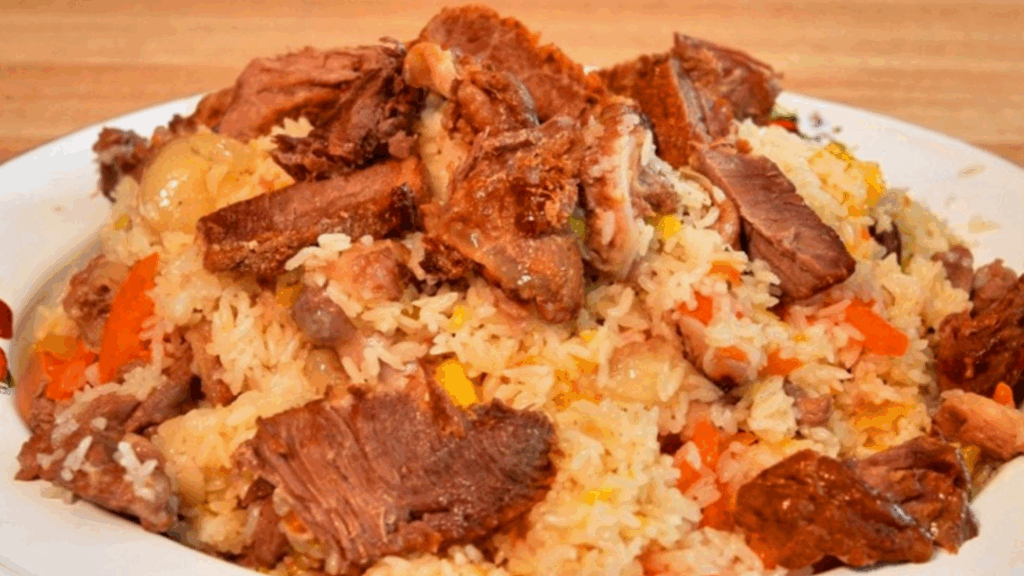
Hand-pulled rice is a representative delicacy of Xinjiang, and is deeply loved by the people of Xinjiang and tourists from all over the world. This dish mainly consists of ingredients such as mutton, carrots, onions and rice. After being fried and stewed, it becomes shiny and fragrant. In Uyghur, it is called “Bo Lao”, and the name “Pulao” comes from the tradition that it was originally eaten with both hands. In addition to the basic mutton, carrots and onions, there are two flavors of sweet pilaf and salty pilaf, which are added with dried fruits such as raisins and dried apricots and beef and mutton respectively. When eating hand-pulled rice, it is usually necessary to use hands to roll it into small balls with meat before eating to fully experience its deliciousness.
3.Big Plate Chicken

Dapanji is the most representative specialty food in Xinjiang, which is cooked with chicken cubes, potato cubes and belt noodles. This dish is bright red in color, the chicken is tender and smooth, the potatoes are soft, glutinous and sweet, the noodles are spicy and tasty, and the soup is delicious. Dapanji is not only large in quantity and affordable, but also popular throughout the country for its unique authentic taste. In particular, the two different cooking methods of Shawan Dapanji and Chaiwopu Dapanji, the former has a thick sauce and the latter is chewy, both of which are unforgettable. When traveling to Xinjiang, tasting a bowl of authentic Xinjiang Dapanji is an indispensable experience.
4.Baked buns
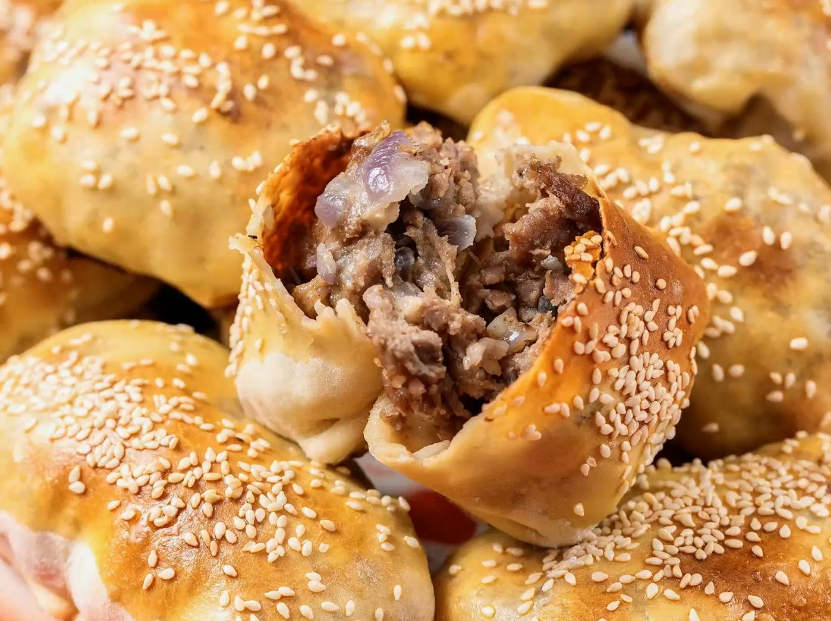
Baked buns are a special delicacy unique to Xinjiang. Their uniqueness lies in the fact that they are baked in a naan pit instead of an oven. This special baking method gives the baked buns a bright yellow skin and a crispy and tender taste. The fillings are mainly made of marinated diced mutton and onions. When you take a bite, the rich aroma of mutton and the aroma of basil fill your mouth, leaving you with an endless aftertaste. In addition, in the production process of baked buns, the main method is to roll out the dough thinly and fold it into a square shape, then add the fillings made of diced mutton, onions, cumin powder and other ingredients and bake them.
5.Grilled Lamb Kebabs

Xinjiang’s grilled lamb skewers are a well-known delicacy, and their unique taste and flavor make them popular everywhere. When making it, the lamb is roasted on a special barbecue iron trough, sprinkled with salt, chili powder, cumin powder and other condiments, and roasted until the meat is fresh and pure. Xinjiang barbecue is best at using the simplest and most primitive barbecue method, directly using iron skewers or red willow branches to pierce the meat and roast it on a unique barbecue stove in the Western Regions. This unique roasting method and seasoning make Xinjiang’s grilled lamb skewers have a strong flavor and are deeply loved by people.
6.Spicy Lamb’s Hoof
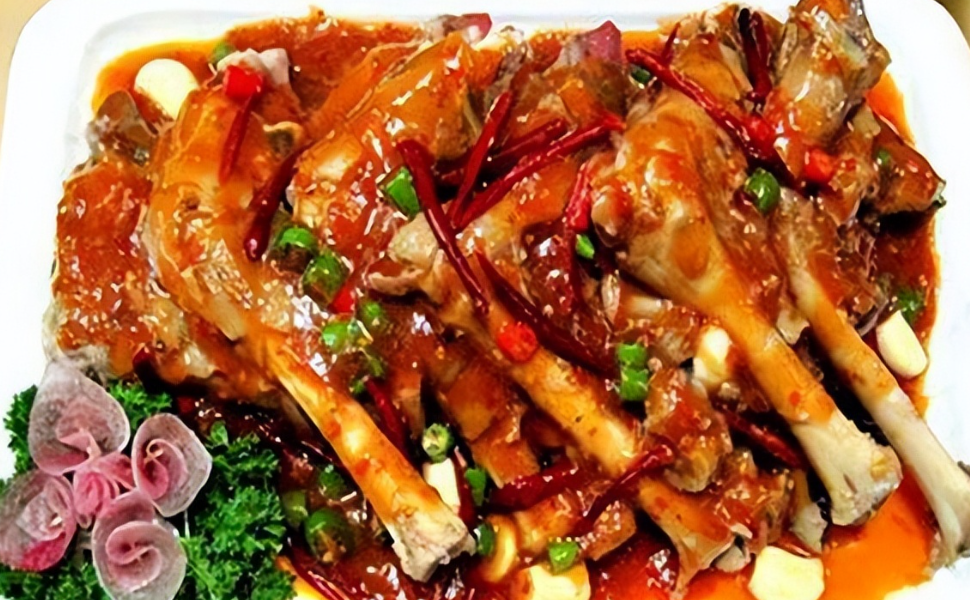
Spicy lamb trotters is a traditional delicacy in Xinjiang, named for its unique spicy taste. This dish can be found everywhere in farmers’ markets, streets and night markets in Xinjiang. The production process involves boiling the processed lamb trotters in water and then stewing them in brine until they are soft. The fresh, fragrant and spicy taste goes straight to the heart and lungs, and the full collagen makes the taste rich and not greasy. Paired with iced Da Wusu, it is a perfect combination of deliciousness and comfort.
7.Spicy Chicken

Pepper and sesame chicken is a leader among traditional Xinjiang foods. It is as famous as Dapanji, but is famous for its unique spicy taste. This dish uses ecological native chicken as the main ingredient. After being slaughtered, marinated and stewed, it is paired with seasonings such as sesame seeds, fresh peppers and green onions. Among them, sesame oil is the soul of this dish, which makes the whole dish taste richer. In addition to native chicken, dozens of precious Chinese medicines are also added, making the pepper and sesame chicken taste spicy but not woody, spicy but not irritating, with crispy chicken skin and chewy meat. This dish has good color, aroma and taste, and is a must-have delicacy in Xinjiang night markets.
8.Roasted Lamb
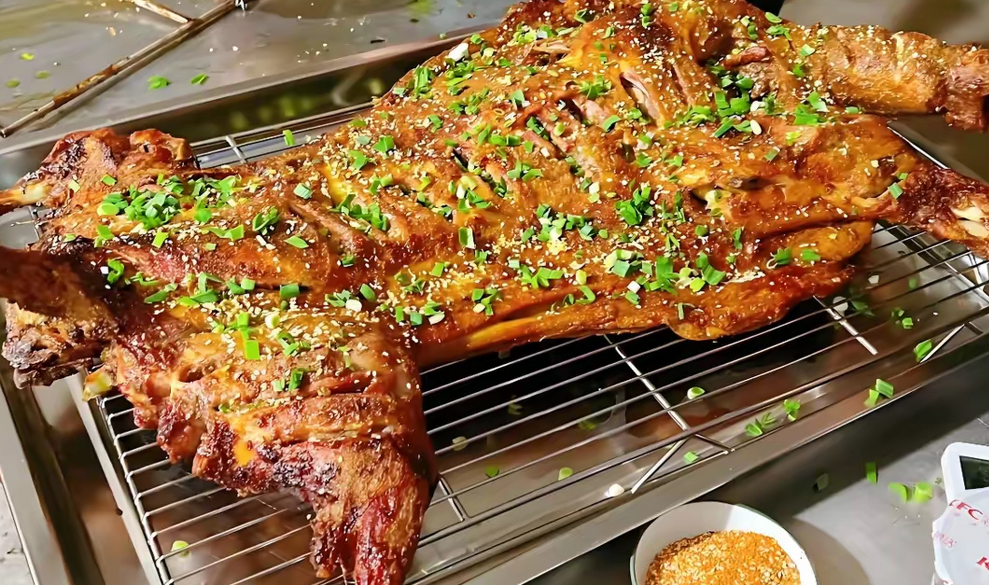
Xinjiang’s roasted whole lamb is an authentic specialty with excellent color, aroma and taste, and is regarded as the highest etiquette for entertaining guests in Xinjiang. This dish uses fat and tender castrated sheep or lambs around one year old, marinated with secret seasonings, and then put into the naan pit for two hours. The freshly baked whole lamb is golden in color, with a crispy and brown skin, and soft and tender inside, without any smell of mutton. The aroma is so fragrant that it makes people salivate. This dish was exclusive to dignitaries in ancient times, but now it has become a common delicacy in the streets and alleys of Xinjiang. It is expensive but tastes great.
9.Thin-skin buns

Thin-skinned steamed buns are a special delicacy that the Uygur people in Xinjiang love very much. They are characterized by paper-thin skin, tender and oily meat, white and shiny color, and the rich and sweet flavor of Xinjiang onions. This kind of steamed buns are made of high-quality flour rolled into thin skin, and then fresh mutton, onions and other seasonings are added to the stuffing and steamed. Sprinkle with appropriate amount of pepper when eating to enhance the flavor and increase people’s appetite.
10.Smoked horse meat
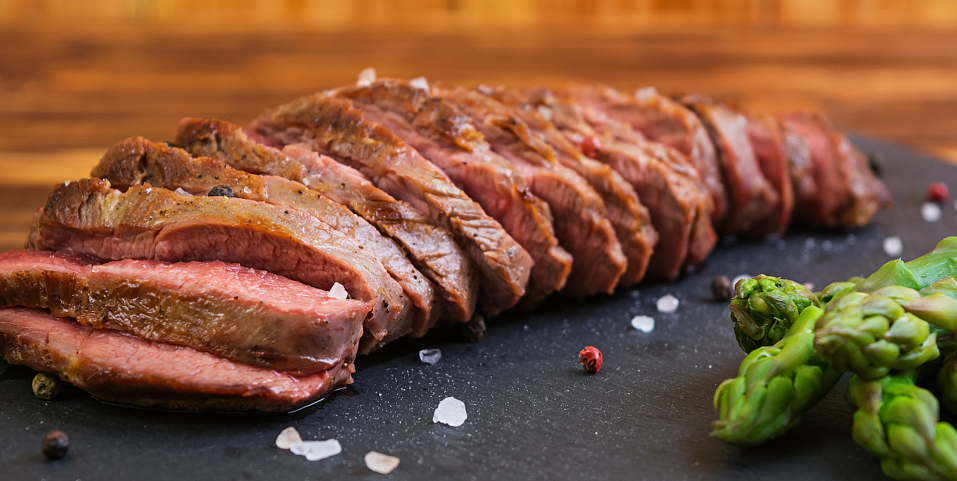
Smoked horse meat is a traditional specialty food of the Kazakh people in Xinjiang, with a history of hundreds or even thousands of years. This dish uses fat and strong foals as raw materials, which are smoked with pure fruit wood after being pickled. Smoked horse meat is rich in fat, but not greasy, with a unique flavor and high nutritional value. Especially in the cold winter, eating smoked horse meat can invigorate blood circulation and warm up the body, bringing warmth to people. During the production process, no chemicals are added to ensure its green food characteristics.
